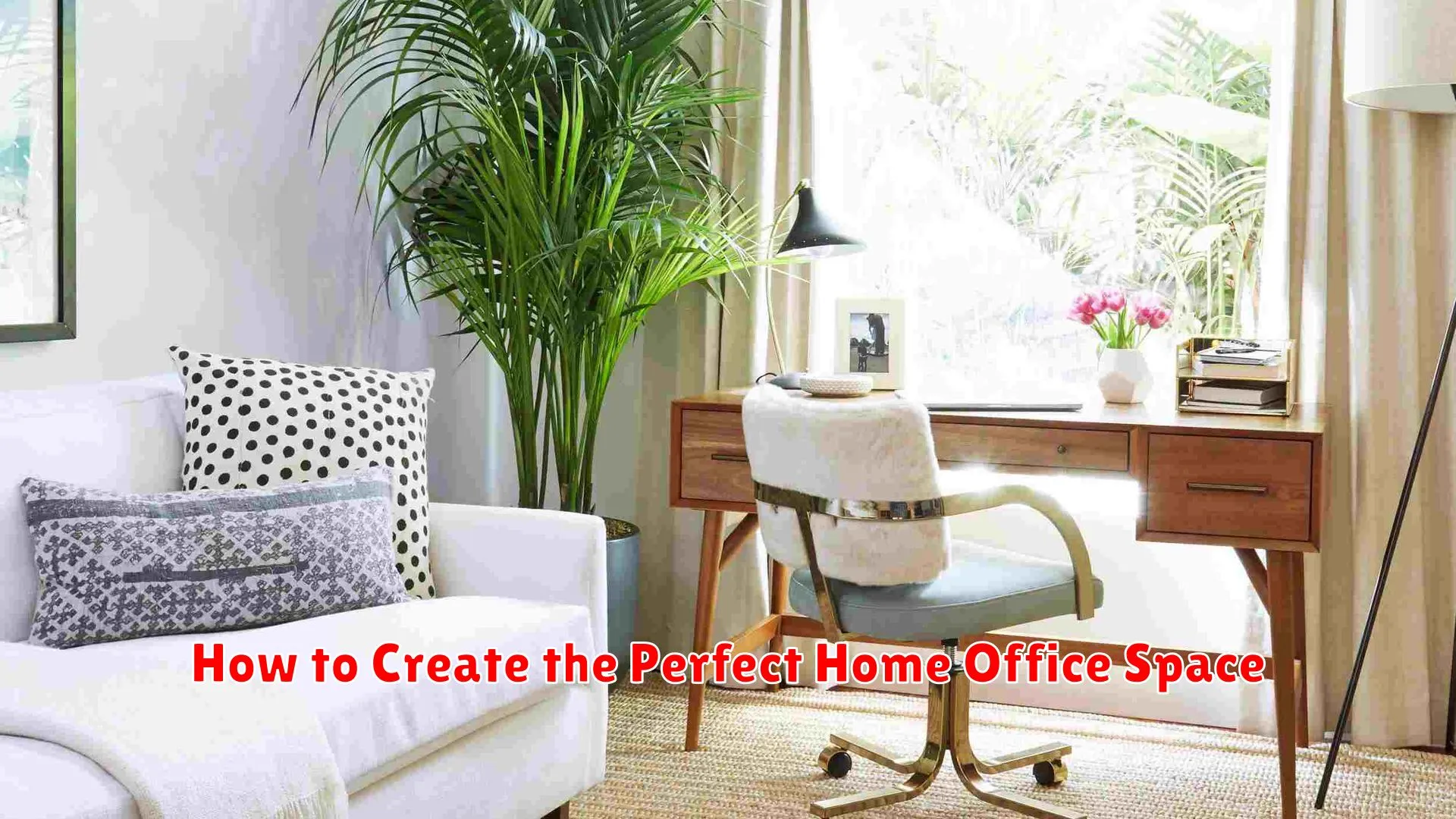Discover expert tips and tricks on how to design and organize the perfect home office space for maximum productivity and creativity.
Designing for Productivity and Comfort
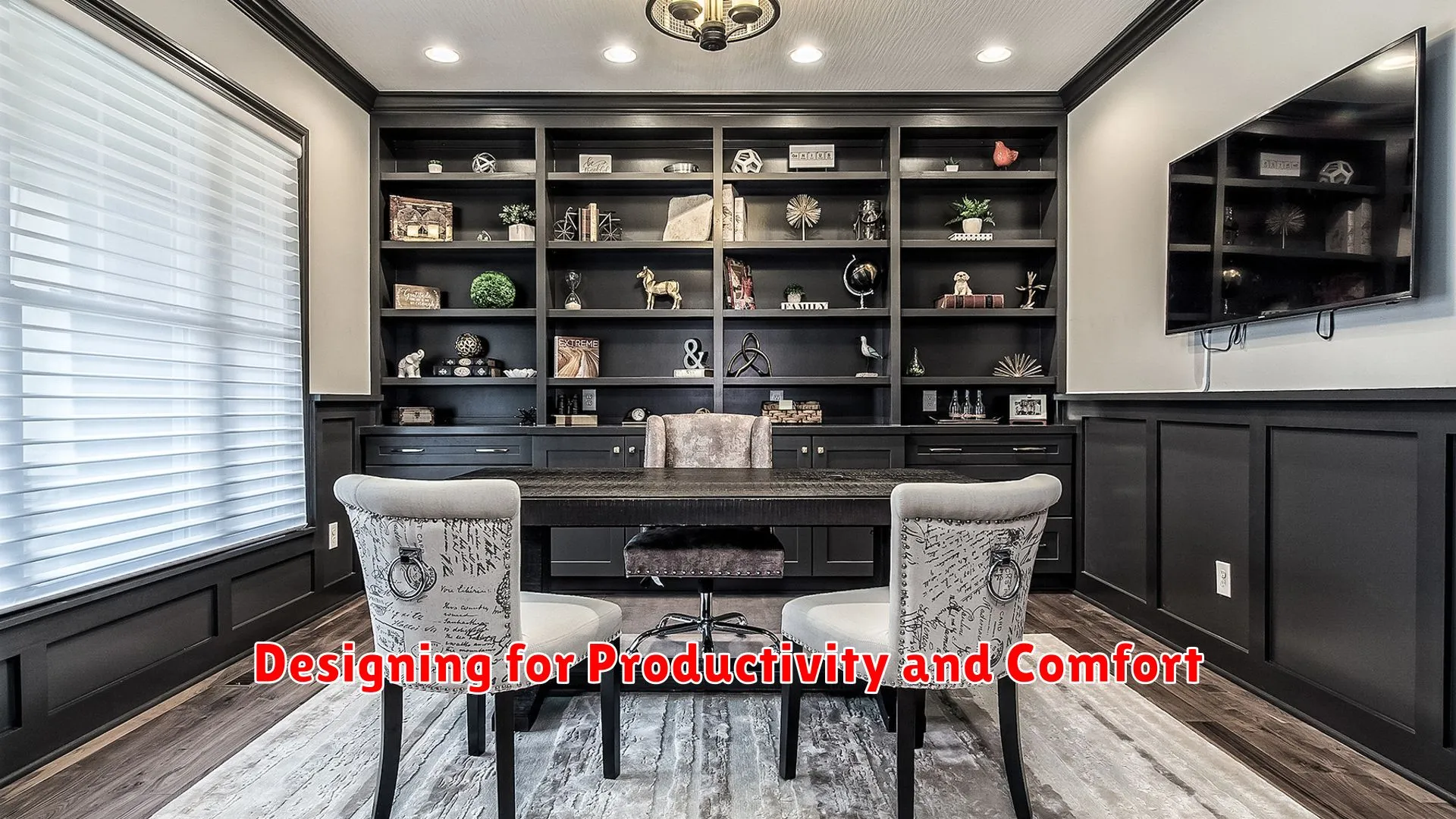
When creating the perfect home office space, it is crucial to focus on designing for productivity and comfort. A well-designed workspace can significantly impact your efficiency and overall well-being. Here are some key elements to consider:
Ergonomic Furniture
Investing in ergonomic furniture such as a comfortable chair and an adjustable desk can improve your posture, reduce fatigue, and enhance productivity. Make sure the furniture you choose supports your body properly.
Natural Light and Ventilation
Position your home office near a window to maximize natural light exposure. Natural light can boost mood and energy levels, promoting a more productive work environment. Additionally, ensure adequate ventilation to keep the air fresh and conducive to work.
Organizational Systems
Keep your workspace organized with storage solutions such as shelves, drawers, and containers. A clutter-free environment can help minimize distractions and improve focus, leading to enhanced productivity.
Personal Touches
Add personal touches to your home office to create a space that reflects your style and personality. Consider incorporating plants, artwork, or inspirational quotes to make the space more inviting and inspiring.
Selecting the Right Furniture
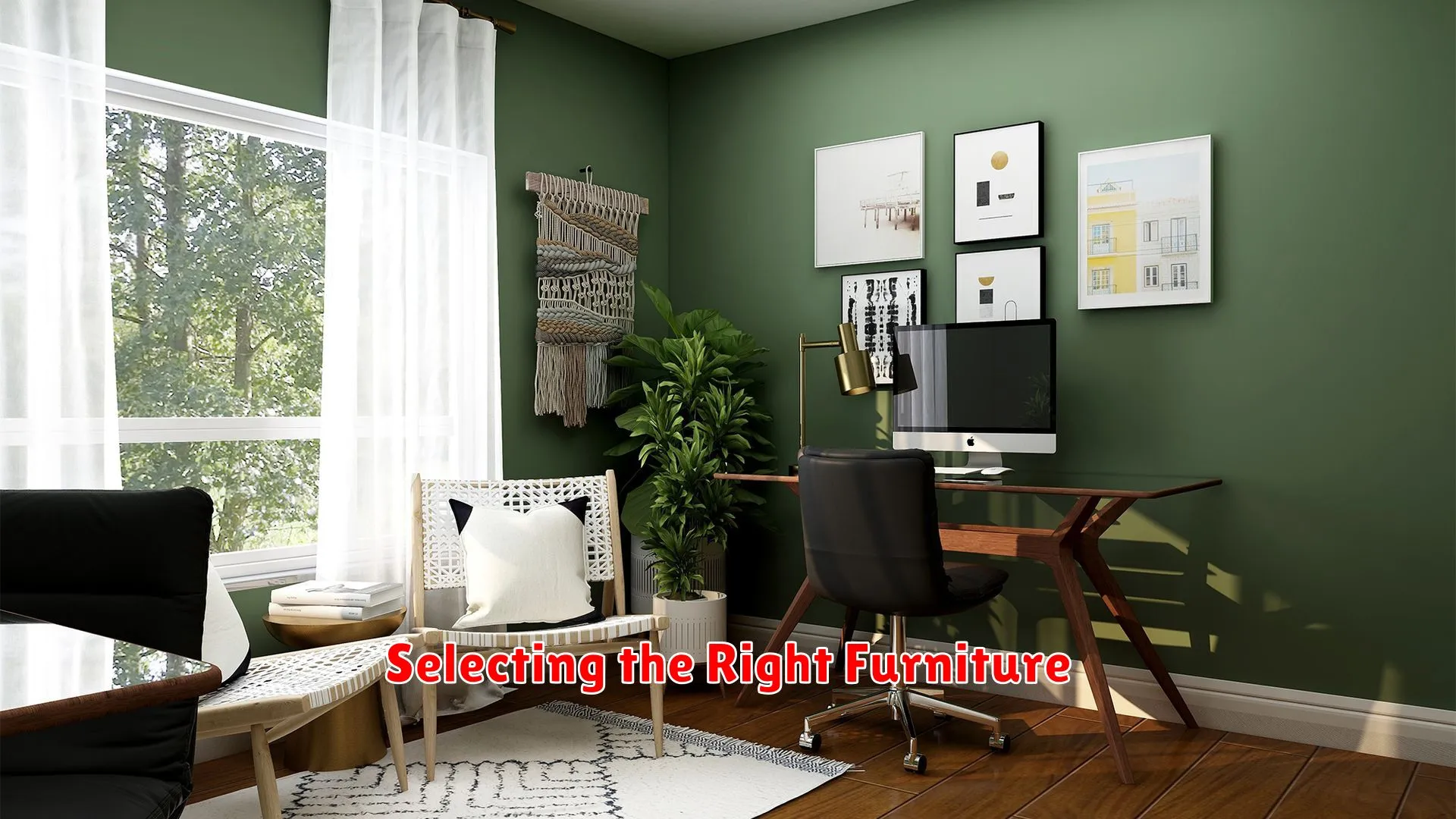
When setting up your home office space, choosing the right furniture is crucial for productivity and comfort. Your furniture selections should reflect both your personal style and functional needs to create a space where you can work efficiently and comfortably.
1. Desk
The centerpiece of any home office is the desk. Consider the size of your room and the type of work you do when selecting a desk. Opt for a desk that provides ample workspace for your computer, paperwork, and any other tools you may need.
2. Chair
Your office chair is one of the most important furniture pieces. Choose a chair that offers proper support for your back to avoid discomfort and potential health issues. An ergonomic chair that can be adjusted to your height and sitting position is ideal.
3. Storage
Efficient storage solutions are essential for keeping your workspace organized. Consider a combination of shelves, cabinets, and drawers to store your supplies, files, and other belongings. This will help maintain a clutter-free environment.
4. Lighting
Good lighting is essential for a productive workspace. Natural light is ideal, but if that’s not possible, invest in a quality desk lamp to illuminate your work area. Proper lighting can reduce eye strain and increase your focus.
5. Personal Touches
Don’t forget to add personal touches to make your home office space feel inviting and inspiring. Consider adding plants, artwork, or decorative elements that reflect your style and personality.
Lighting
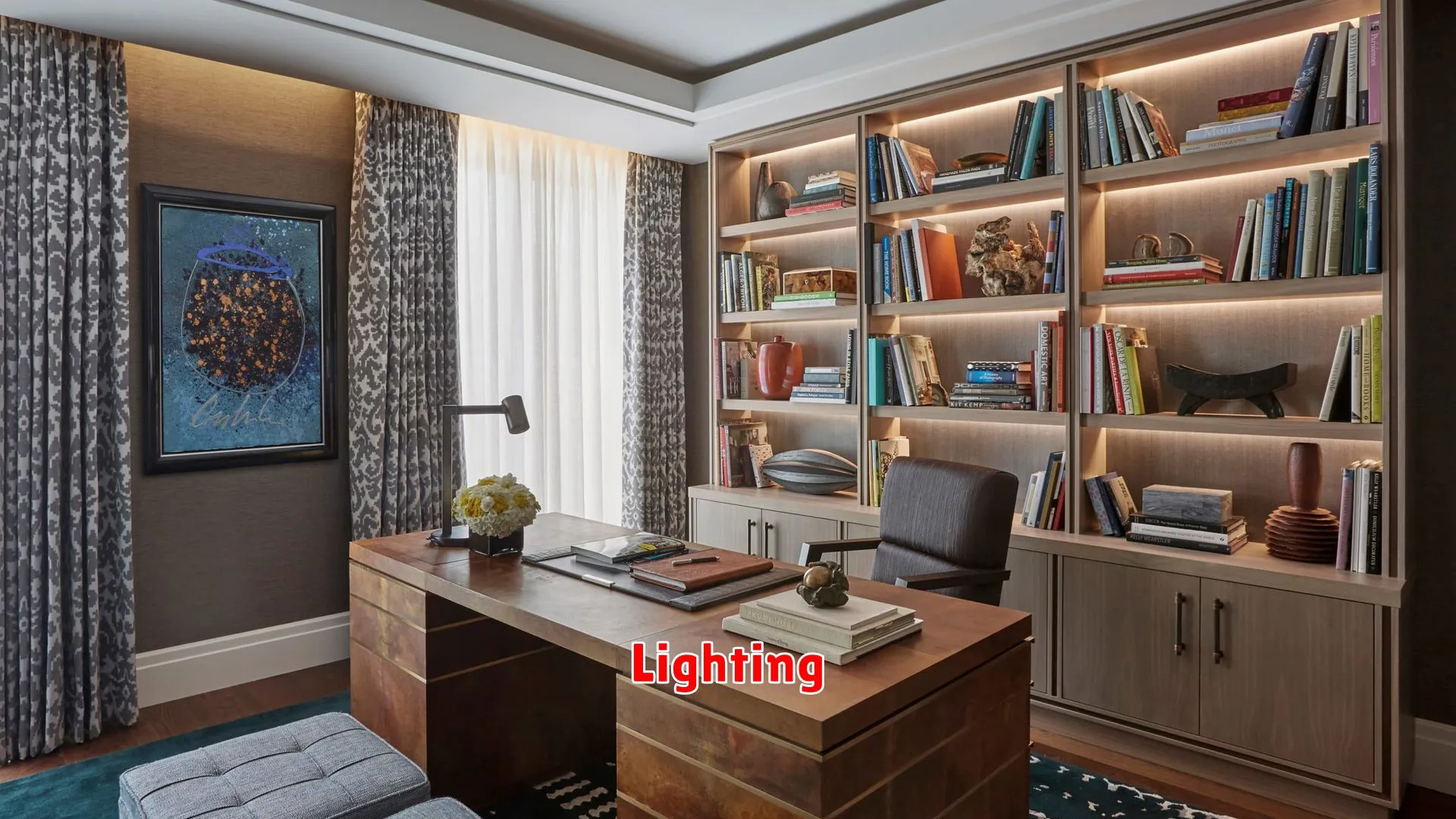
When creating the perfect home office space, lighting plays a crucial role in setting the right ambiance and promoting productivity. Natural light is the ideal choice for any workspace as it reduces eye strain, boosts mood, and enhances focus. Position your desk near a window to maximize natural light intake throughout the day.
However, in cases where natural light is limited, artificial lighting becomes essential. Opt for task lighting, such as a desk lamp, to illuminate your work area effectively. Consider using LED lights as they are energy-efficient and provide a bright, consistent light that mimics natural daylight.
Additionally, ambient lighting can contribute to the overall ambiance of your home office. Use overhead lights or floor lamps to create a well-lit environment that supports a comfortable and productive workspace. Adjust the lighting levels based on your tasks to avoid eye strain and maintain a pleasant atmosphere throughout the day.
Decor
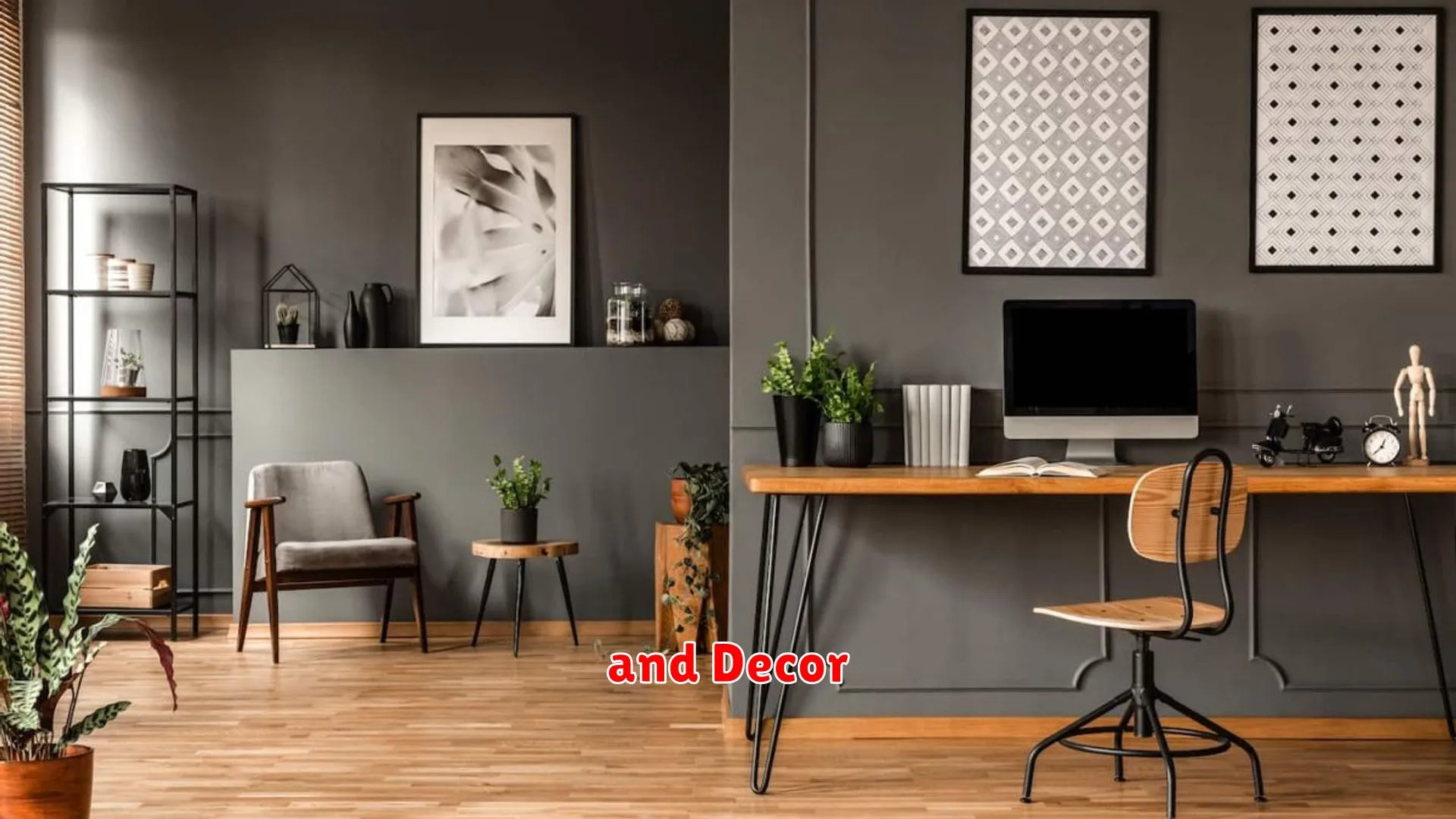
Creating the perfect home office space involves not only choosing the right furniture and layout but also paying attention to the decor. Your home office should inspire productivity and creativity, so here are some tips on how to decorate it:
1. Color Scheme
Choose a color scheme that promotes focus and creativity. Consider using calming colors like blues and greens for a sense of tranquility, or energizing colors like yellows and oranges to boost your mood and productivity.
2. Personal Touches
Add personal touches to make your home office feel like your own space. Display inspirational quotes, photos, or artwork that motivates you. Incorporating items that have sentimental value can help create a welcoming and inspiring environment.
3. Organizational Elements
Keep your home office clutter-free by using organizational elements such as storage bins, shelves, and desk organizers. A tidy workspace not only enhances productivity but also contributes to a sense of calmness and efficiency.
4. Lighting
Proper lighting is crucial for a productive workspace. Ensure you have a mix of natural light and artificial lighting sources. Consider adding a desk lamp for task lighting and positioning your desk near a window for natural light, which can help reduce eye strain and increase focus.
Organizational Tips for Maximum Efficiency
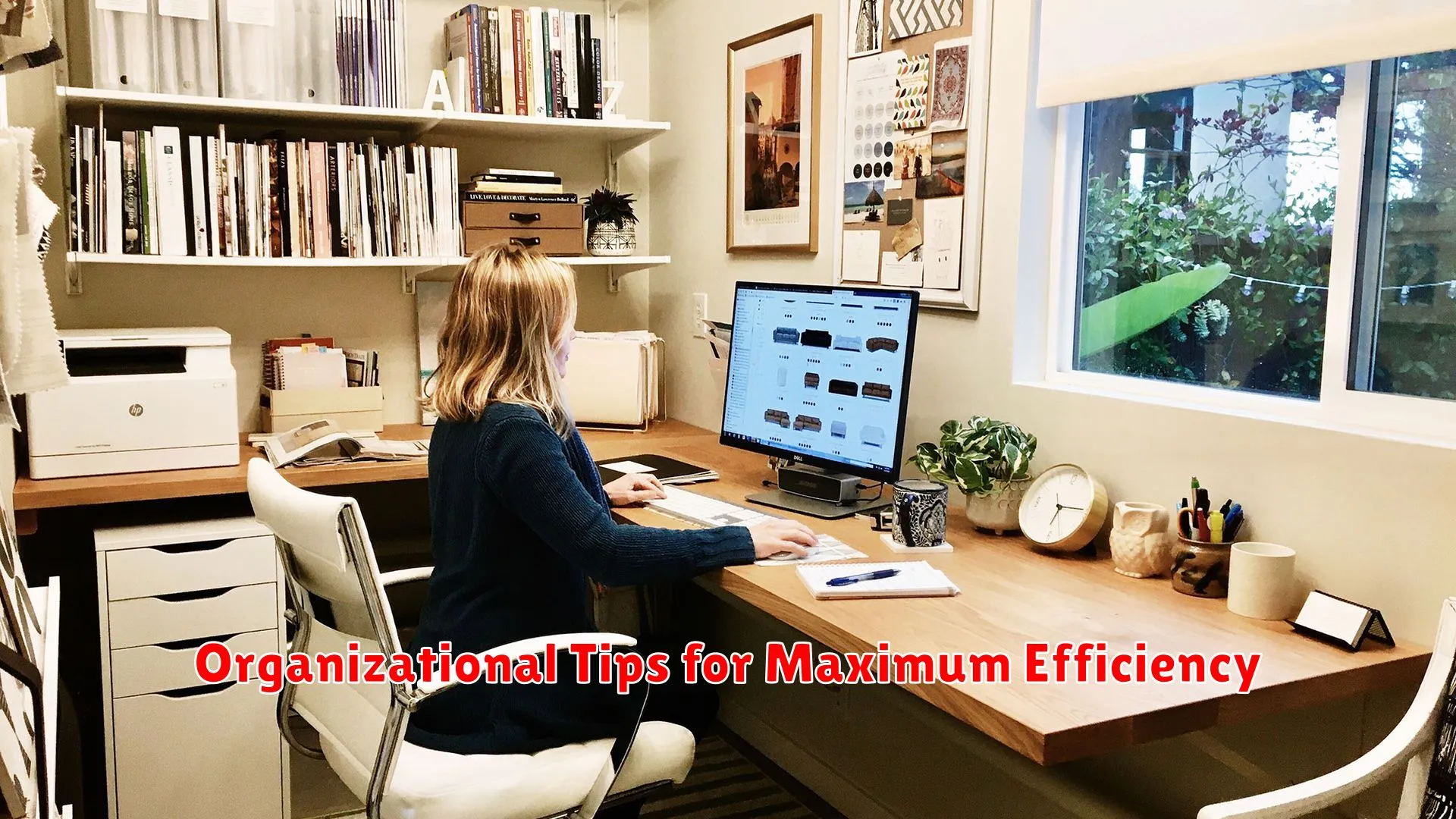
Creating the perfect home office space involves more than just selecting the right furniture and decor. To truly maximize efficiency and productivity in your home workspace, it is essential to focus on organization. Here are some key organizational tips to help you create an efficient and functional home office:
- Declutter Regularly: Keep your workspace free of unnecessary items by decluttering regularly. A clean and organized desk can help improve focus and productivity.
- Invest in Storage Solutions: Utilize shelves, cabinets, and storage boxes to keep your office supplies and documents organized and easily accessible.
- Create Zones: Designate specific areas for different tasks, such as a work area, a reference area, and a storage area. This can help you stay organized and focused on your work.
- Use Digital Tools: Take advantage of digital tools like productivity apps and organizational software to manage tasks, schedules, and documents efficiently.
- Label Everything: Use labels to identify folders, drawers, and storage containers, making it easy to locate items quickly when needed.
- Establish a Filing System: Develop a consistent filing system for both digital and physical documents to ensure easy access and organization.
- Implement a Daily Routine: Set aside time each day to organize your workspace, prioritize tasks, and plan your schedule. A daily routine can help you stay on track and maintain a clutter-free environment.
Conclusion
Designing a functional and inspiring home office is essential for productivity. Focus on organization, lighting, comfort, and personal touches to create the perfect workspace.

